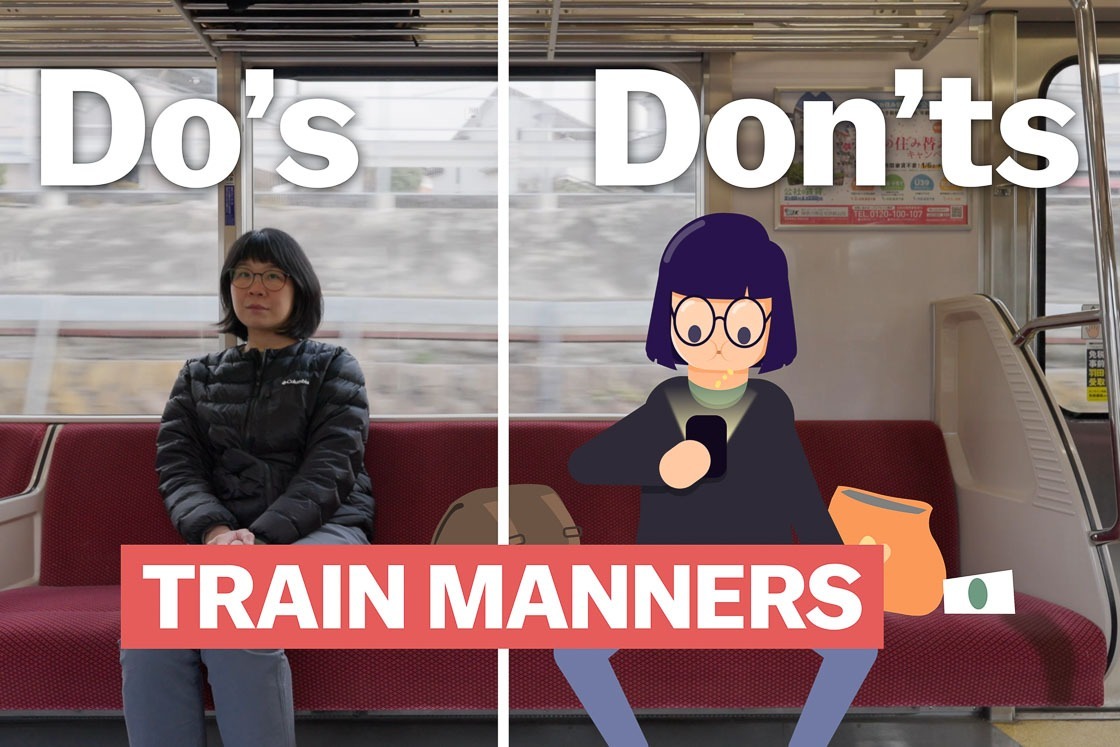Do’s and don’ts when riding trains in Japan
In recent years, the number of visitors to Japan has seen a significant increase. The positive aspects of this are a nice boost for the country's economy and an increase of intercultural understanding. However, with the increase of tourists, overtourism has also started to become a more prominent issue, with locals complaining about bad manners by some individuals, and congestion due to the sheer number of travelers, especially in the popular, major cities.
Train travel, the most convenient way for tourists and residents to move around the country, is an area in which frustrations can arise easily especially when trains are crowded. Those who know the rules of Japanese train etiquette and observe proper manners are often dismayed by those who do not. To help make your train journey a smooth and pleasant one for yourself and the people around you, we'll be introducing some tips from the more obvious ones that probably also apply in your home country to the less obvious ones that may be different from the customs at home.

At the station
It goes without saying that it is prudent to include sufficient buffer time when going anywhere, but especially when a train journey is involved. Train stations - especially during rush hour - can be very crowded, making it a little bit overwhelming if you are not well prepared. Below are some pointers for a smooth experience at a train station.
- Be conscious of the flow of people - arrows on the floor and staircases indicate walking directions.
- Always make sure there is space for others to pass, especially around narrow train platforms. Move to a wider area whenever possible. If traveling in larger groups, avoid spreading out and inadvertently blocking people from passing.
- Avoid blocking passageways with yourself, your backpack or your suitcase when you stop to find your bearings. Move to a space that does not block traffic.
- Refrain from opening and packing suitcases, especially in places with high foot traffic in the station.
- Stairways and passageways are not meant for sitting or resting. Please use the seats that can be found on most platforms.
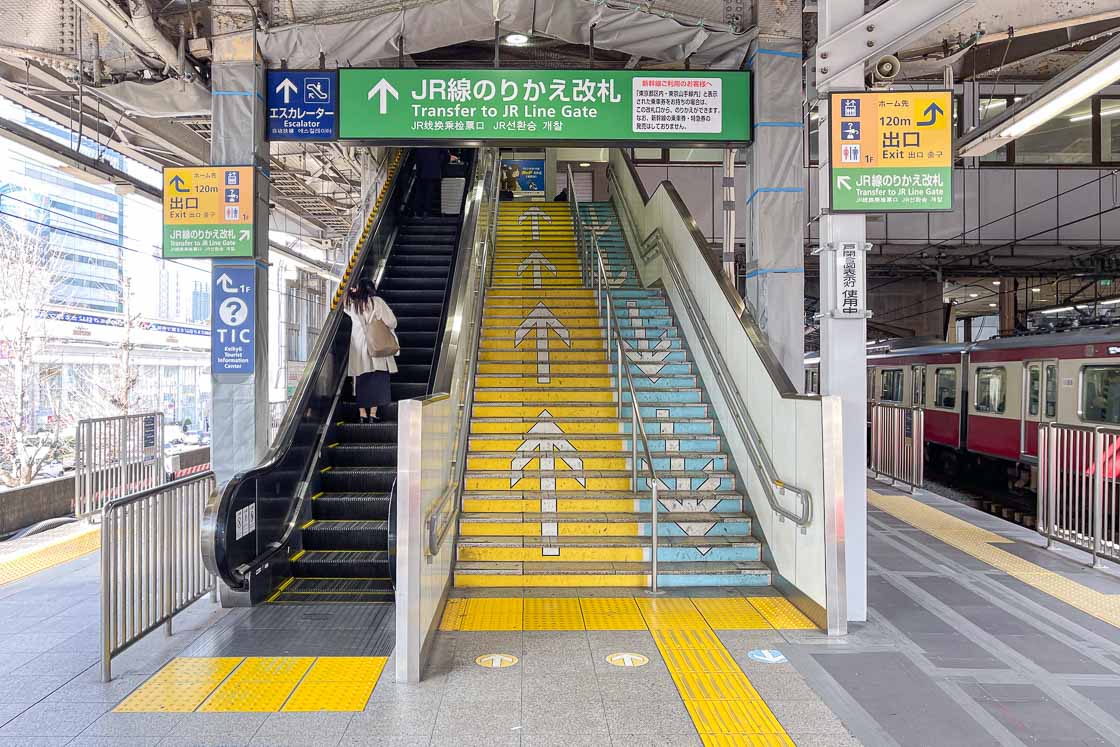
To remain in the flow and avoid causing blockages, a good tip is to think two steps ahead and prepare accordingly. Below are examples for doing that.
- Get your tickets ready in advance, rather than stopping in front of the gates and blocking the flow of people passing through.
- Remember the name of your train and the departure time to smoothly find your platform and train using the signs.
- In general, a smoother and more positive train experience for all can be acheived by everyone giving way to others. This includes, but is not limited to, not forcing your way through lines of people at the ticket gates and/or escalators.
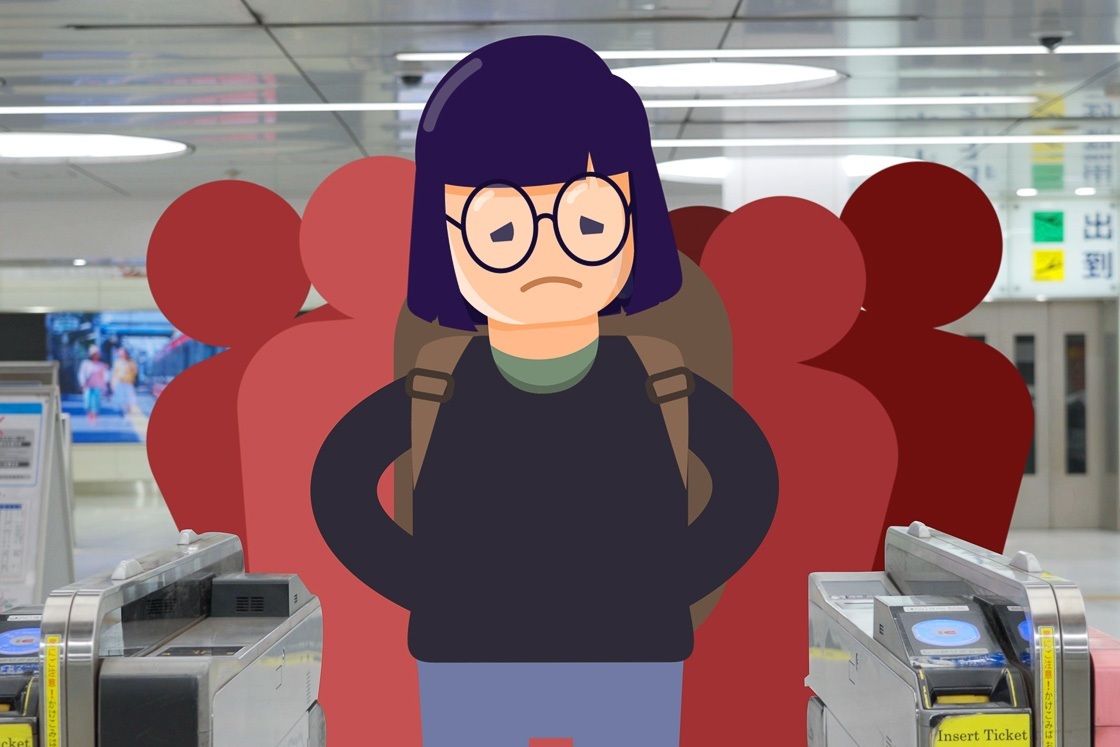
On the platform, there are often various lines on the ground. The yellow tactile paving is the security limit with the train track, so make sure you stay on the inside of the yellow line. It is typical in Japan to wait in line before boarding the train in an orderly fashion and not cut in front of others who were there before. Other markings on the ground indicate where to stand in line to board the train.
When your train arrives, move to the side to let alighting passengers come out, then board swiftly and sit down quickly so people behind you can also board. If there are no available seats, move towards the center of the car to avoid blocking the doors. For those traveling with small children, make sure to hold their hands.
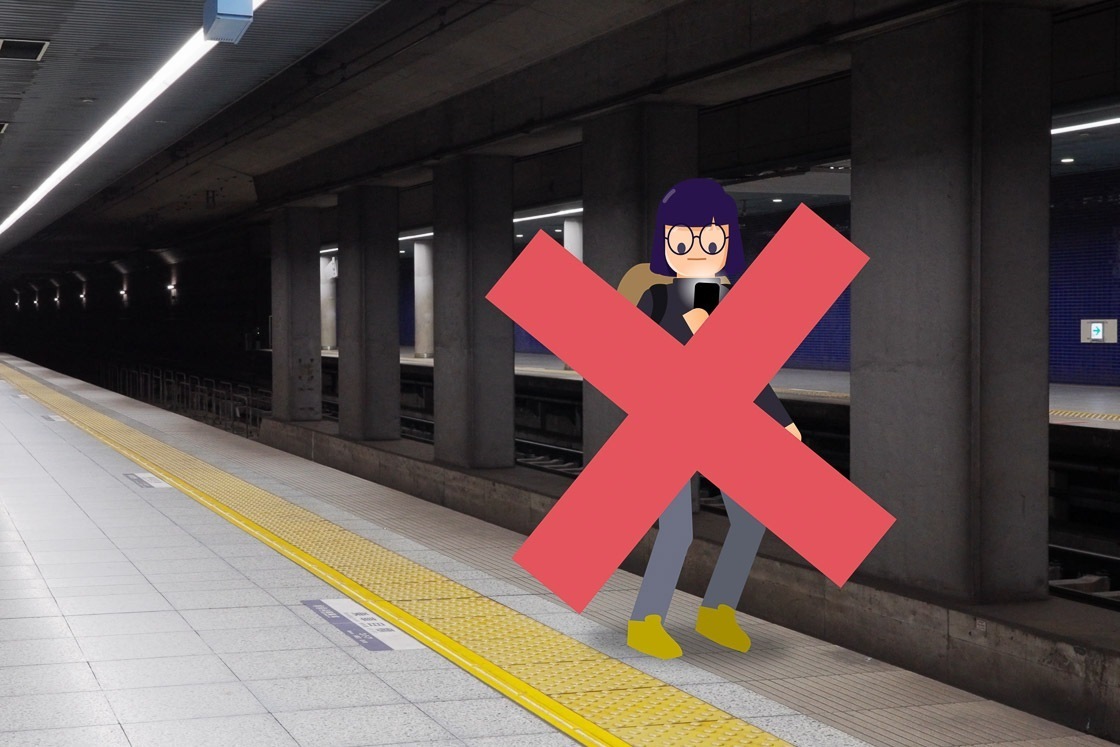
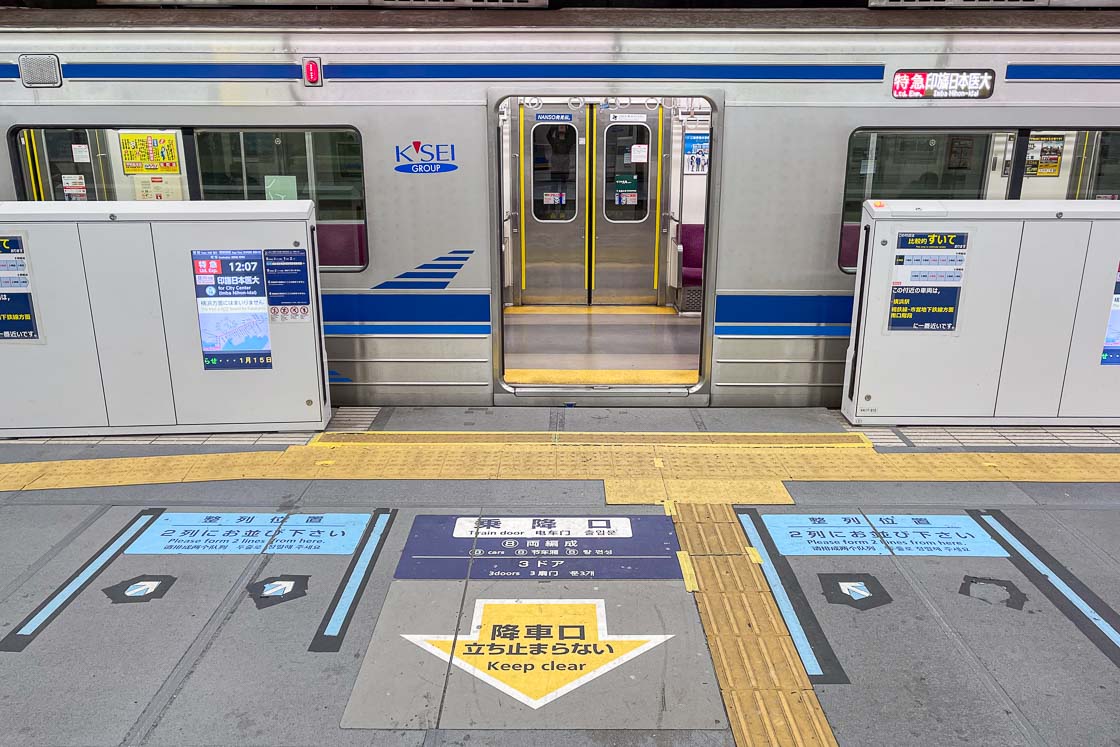
On the train
Below are two quintessential habits when riding the train.
- Putting backpacks or holding bags in front when the trains are crowded. This allows for a more efficient use of space so that more people can board the train. Passengers will typically carry their bags in the front even before getting on the train for maximum efficiency.
- Keeping noise levels to a minimum. Talking loudly ranks highly amongst the most annoying behaviors on trains in Japan. In order not to cause inconvenience to others, keep your voice down when talking, and avoid talking on the phone. Phones should be on silent mode at all times when riding on public transport in Japan.

Other general etiquette pointers for maintaining a pleasant train journey include not stopping near the train doors after entering the train, but instead, moving towards the interior of the carriage so that more people can board the train at the following stops. Consider using the luggage racks, if you are near one, to put your bags. If you sit down, occupy only a single seat so more people can sit down. Avoid spreading your legs or taking up an extra seat with your luggage. If you have kids, make sure that they do not stand on the seats with their shoes on. Priority seats are designated seats for the elderly, pregnant women, the injured, those with small children and those with disabilities to ride the train comfortably, and should be left available for those who need them.
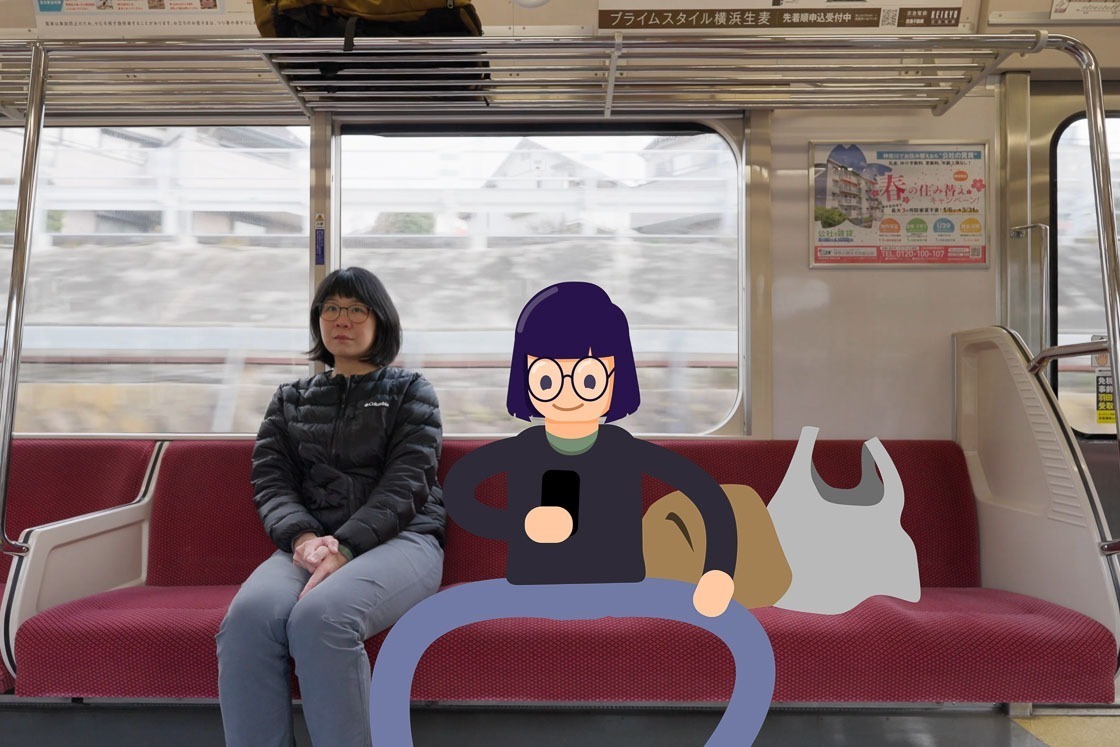

Large suitcases create problems on trains these days, as there often is not enough space, and the luggage can block the aisles and doors. One way to avoid getting too stressed out traveling with large suitcases is to make good use of Japan's omnipresent delivery services. Send large luggage from base to base, and use a smaller bag in between. These deliveries can easily be made between hotels and luggage counters at airports and stations. However, if you do plan to keep your large-size luggage onboard the train, just make sure you are not blocking the aisles or the doors with it.
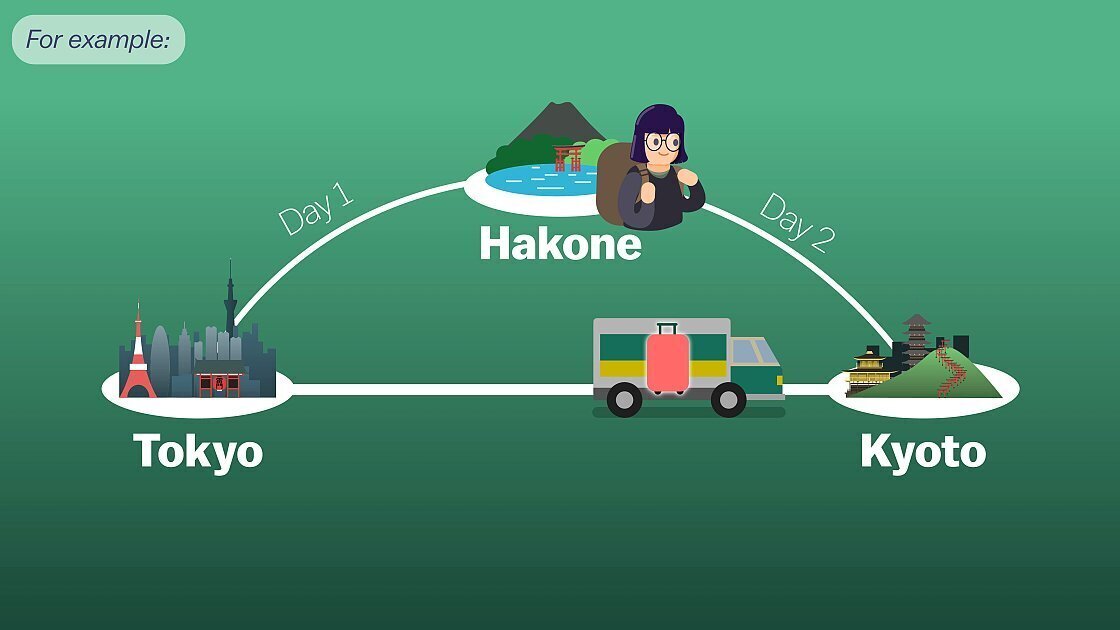
Eating on trains is not strictly prohibited, but can be considered as bad manners depending on the situation and circumstances. One thing that should definitely be avoided is eating strong smelling foods as smells tend to linger in an enclosed space and can potentially affect the comfort of surrounding passengers.
Getting off the train
When alighting at your destination, avoid stopping immediately after exiting the train and move swiftly to a spot where you do not block the flow of passengers before figuring the way to your nearest exit, which can be confusing especially at stations in bigger cities that have many exits. One way to avoid being overwhelmed and lost inside a station is to think two steps ahead and look up your exit name or number on your phone before alighting. It will help make your trip a little smoother.
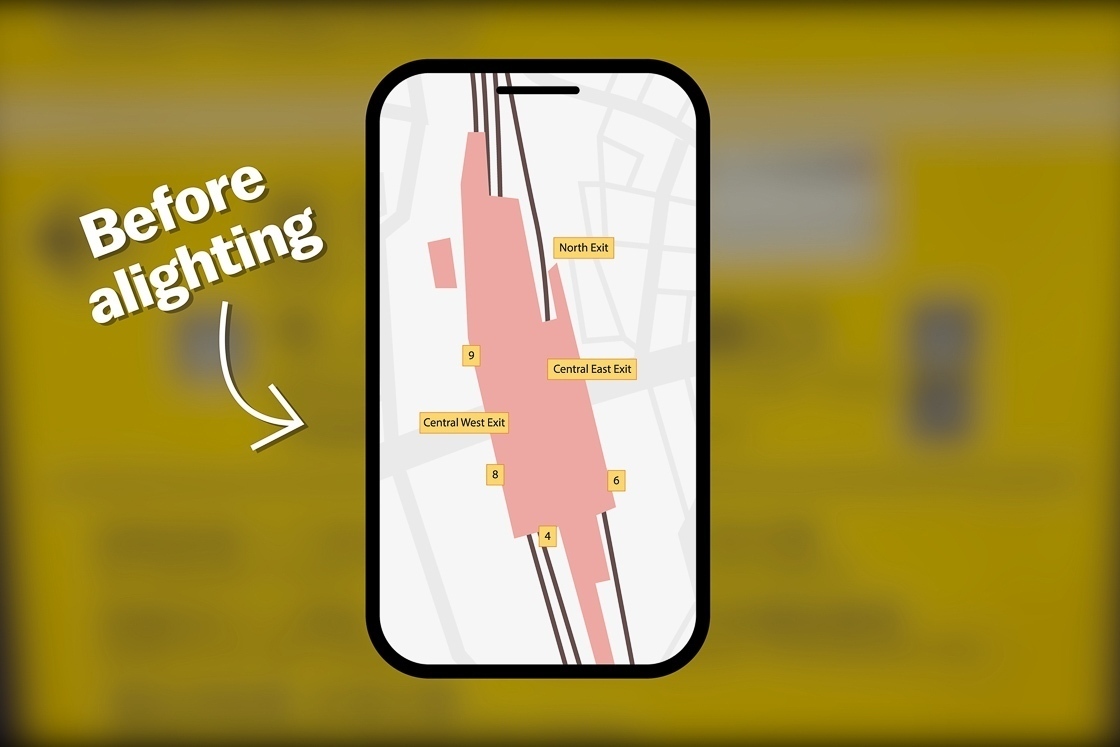
Lastly, if you have any garbage with you on the train, make sure to take it with you. Note that the number of garbage cans in stations and more generally in Japan is very small, so you should expect to carry your trash with you until you get to your accommodation.
Taking the train in Japan should not be a daunting nor unpleasant experience. Understanding some local customs go a long way to create better experiences and impressions for everyone.
